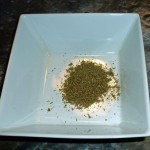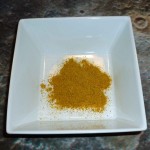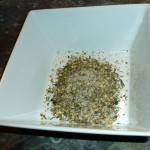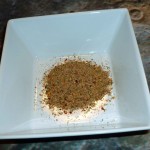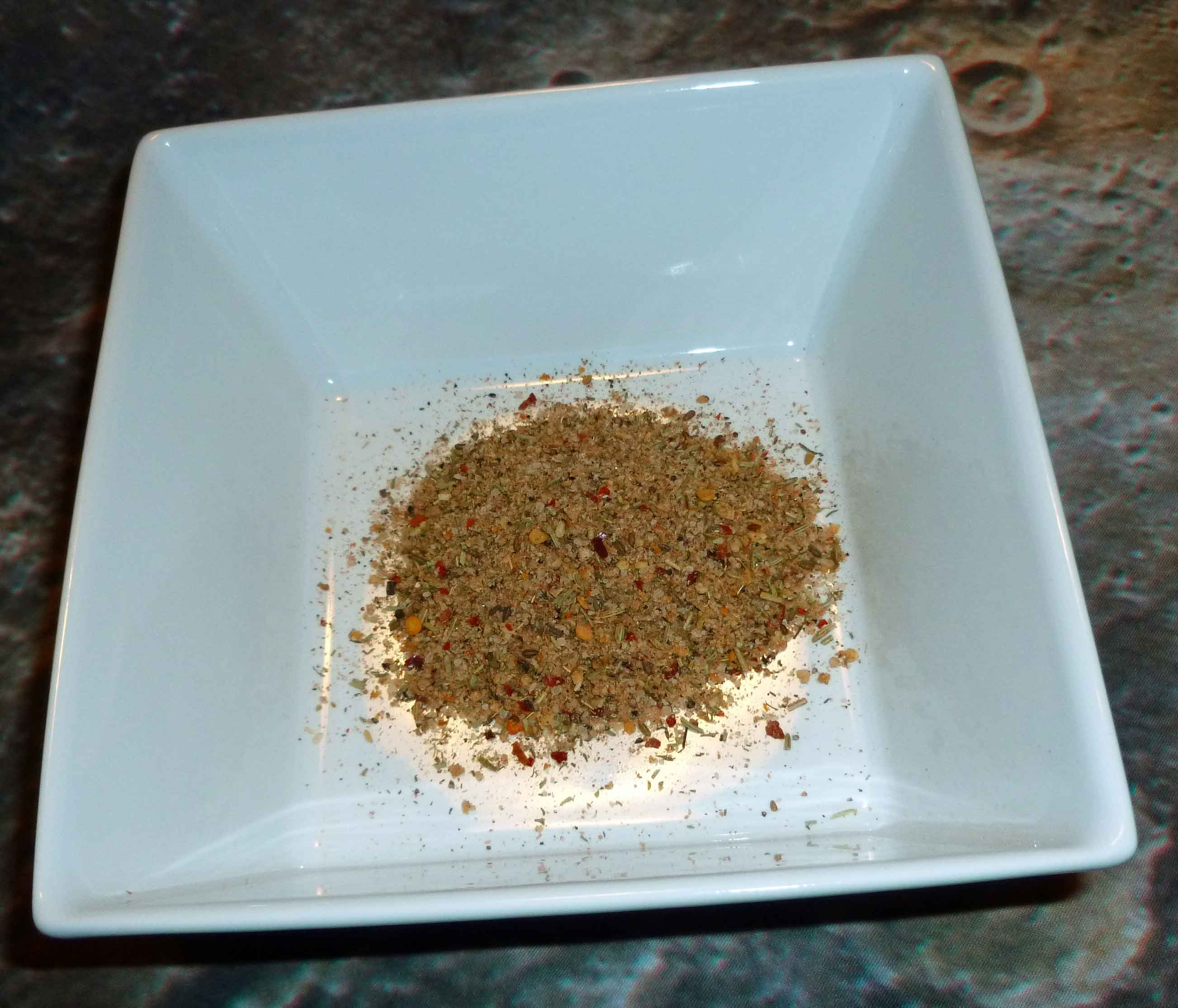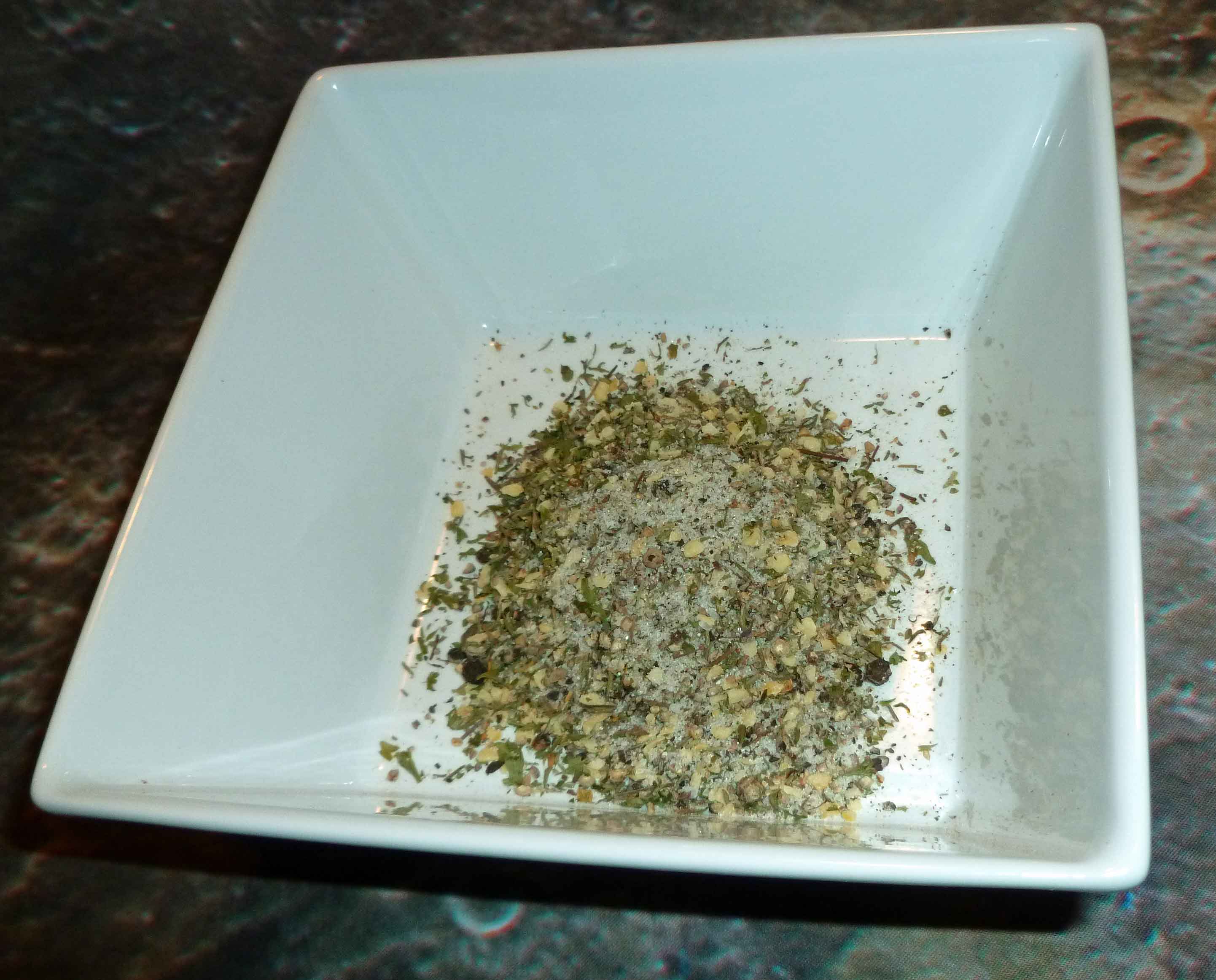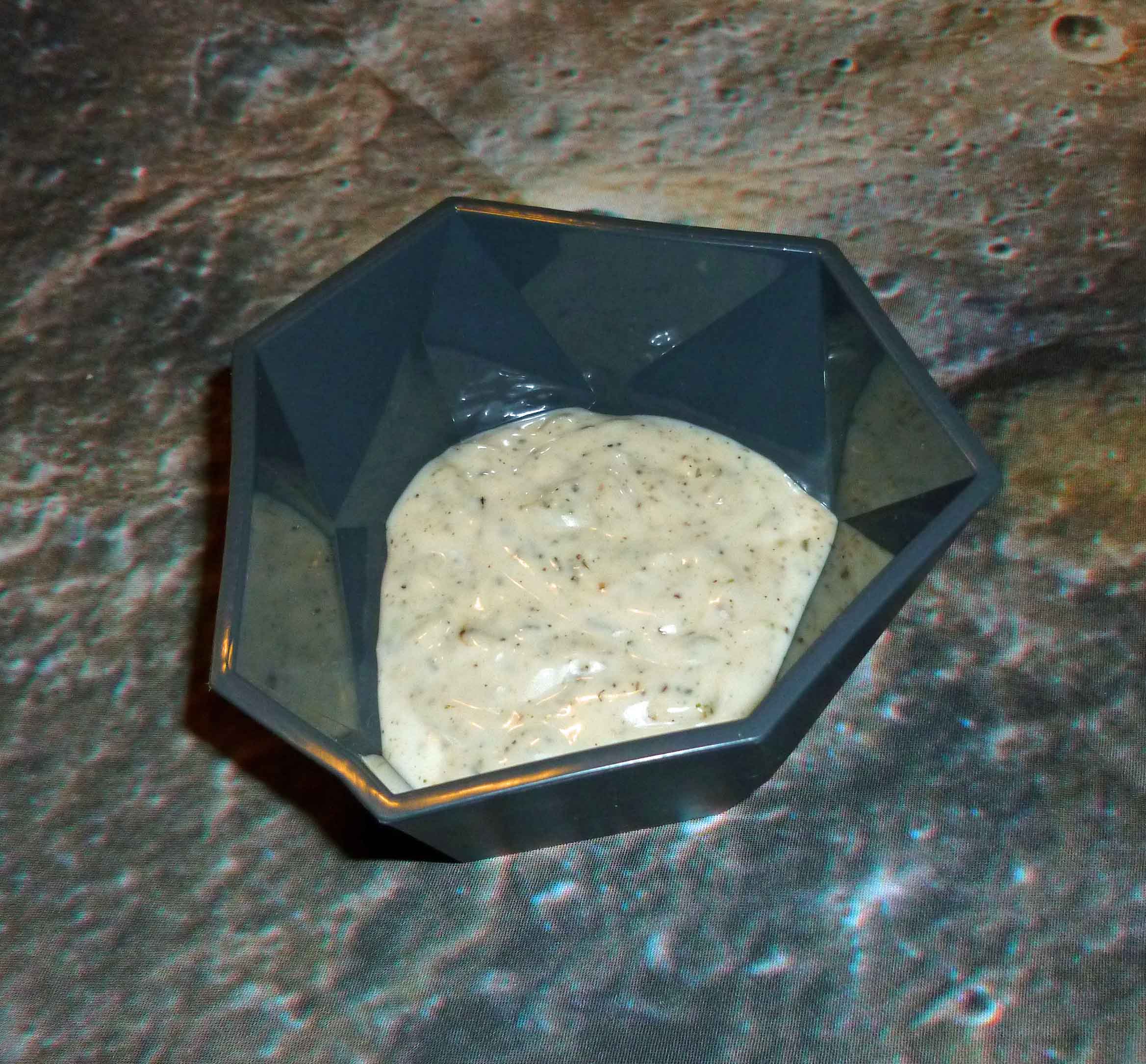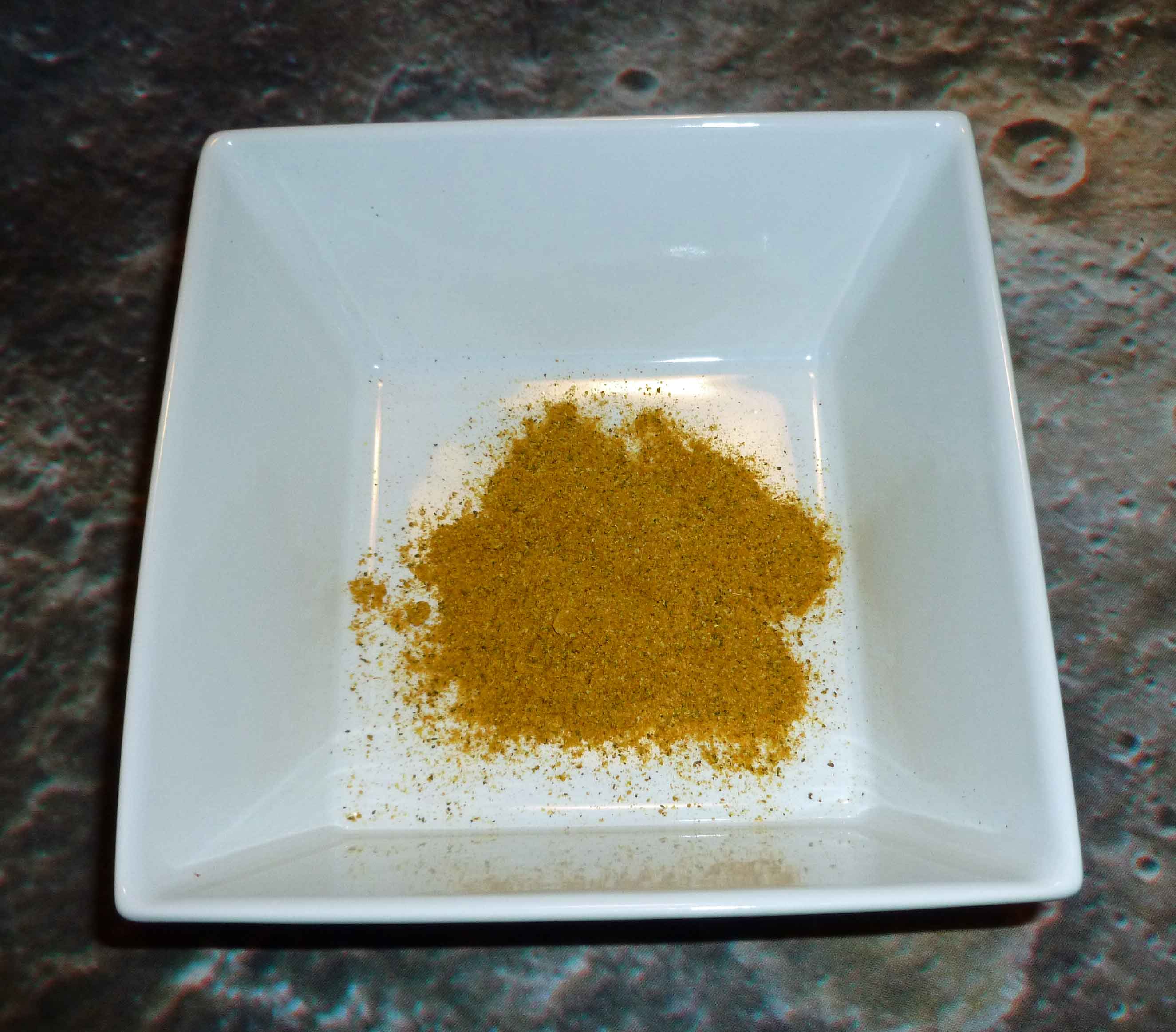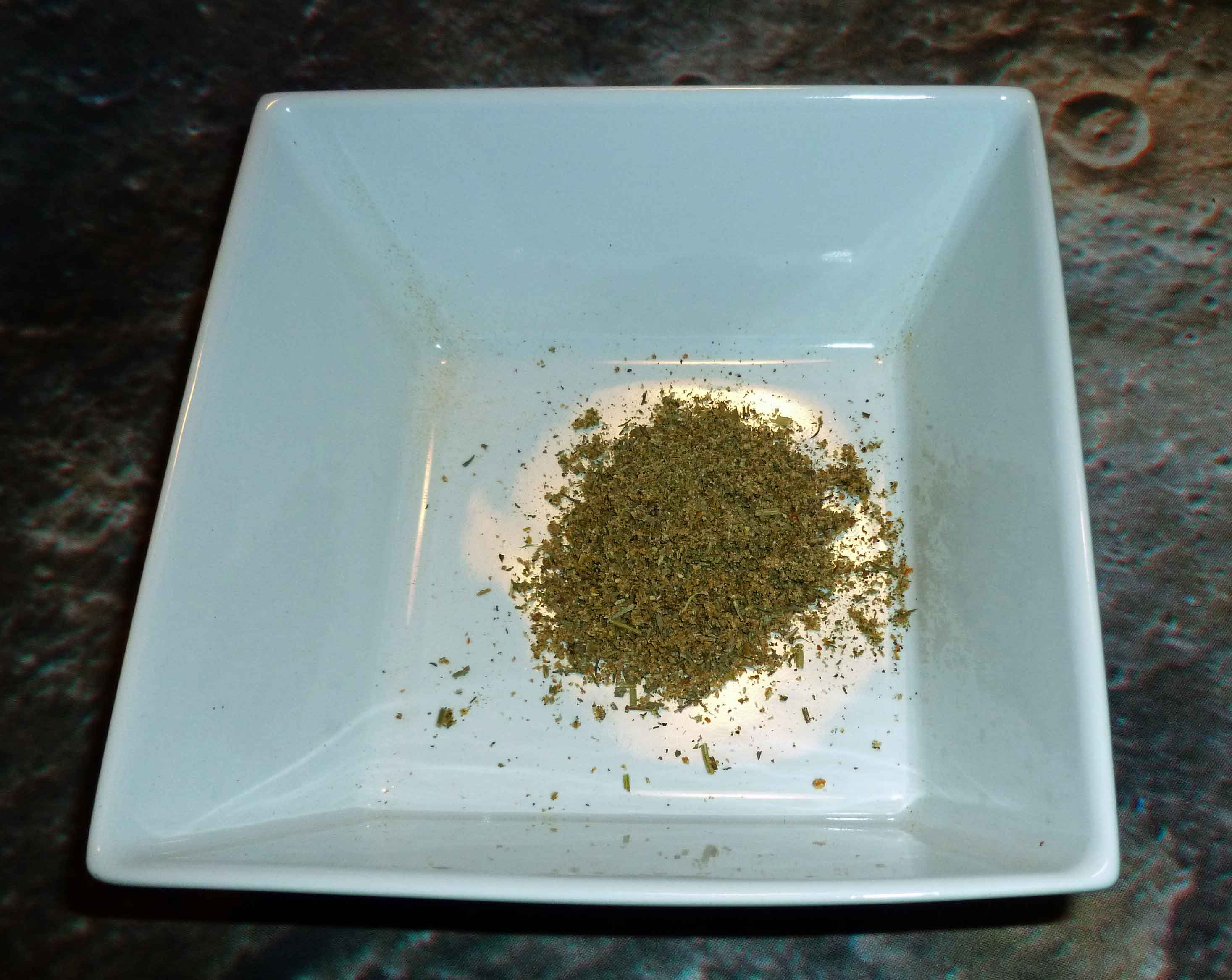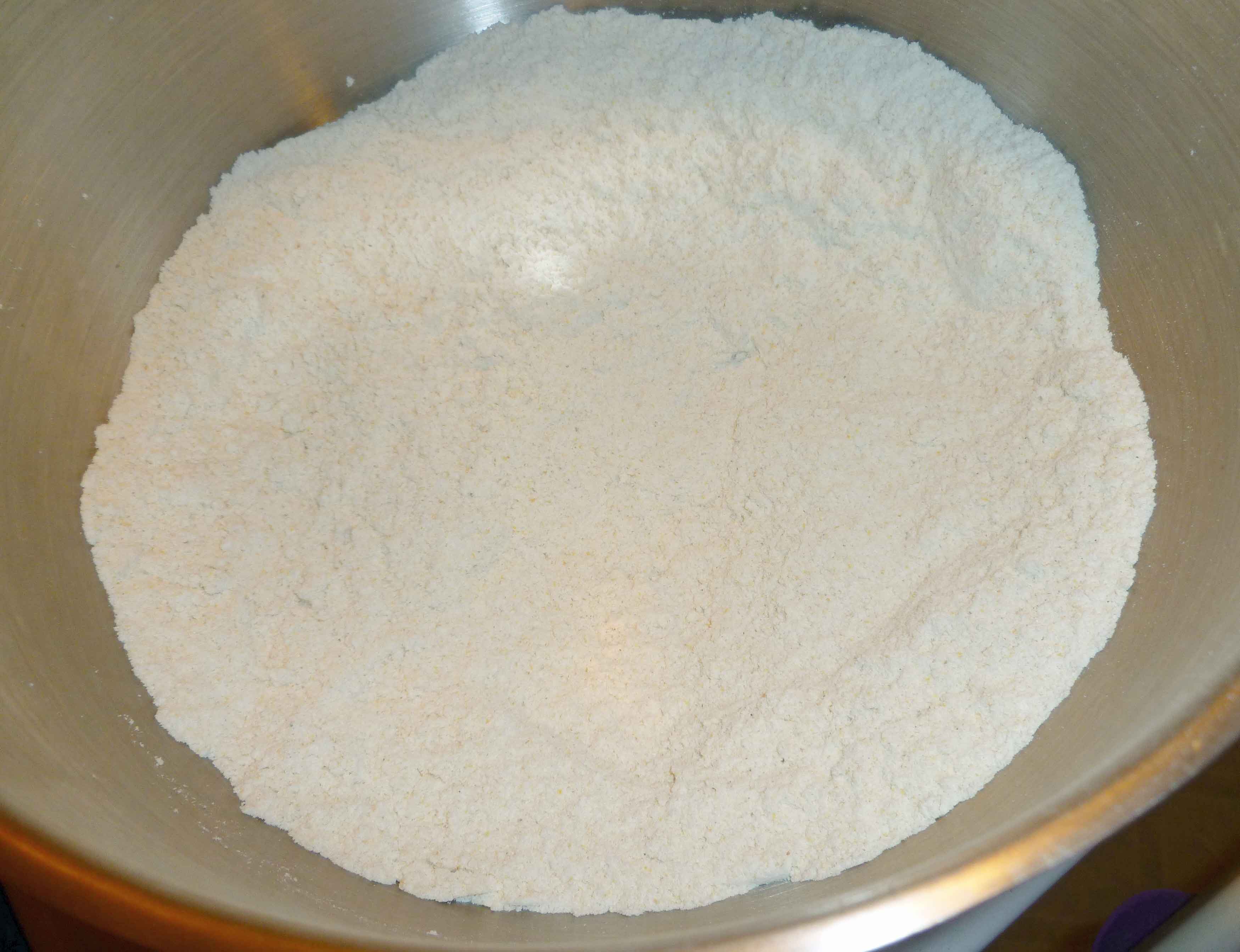
So I used to use Earth Balance Vegan Buttery Spread before the whole corn thing went down. But it’s got ingredients derived from corn. Supposedly the proteins are processed out of it, but I’ve heard that song and dance before and reacted, so my Earth Balance got stricken from the list things that were okay to eat. Also, most shortenings are also now out the window for me as they they have corn, flax, or palm, which is cross reactive with coconut (allergic), and for which I’ve had little sneaky reactions. Quite a while back I tried to make some vegan margarine using cocoa butter. It was a great idea, but the reality of the product left something to be desired, as it just didn’t taste like margarine. For a while I ignored the issue and just dumped olive oil on stuff, and made wine-herb-olive oil sauces for dipping things like lobster, but I missed margarine/butter.
About a month or so ago, I started thinking about baking again, or more accurately, chocolate chip cookies, and the fact that I didn’t really have a safe margarine or shortening to make them with. I started wondering about lard, since you can make pie crust from it, and started doing some Google-fu. Turns out most commercial lards have citric acid (corn) or other additives that are problematic. Sigh. So I started wondering if you could DIY it somehow, like saving your bacon fat. I found this article on rendering your own lard. I began considering whether I could use the lard to make margarine. Then in the process of making the Roasted Beef Stock and discussing the use of the beef tallow skimmed from the stock to use to caramelize the onions with Mary Kate for her French Onion Soup, we considered whether beef tallow might have a closer to dairy taste and feel. So I went searching for recipes to render beef tallow and found this article.
So then it was a matter of trying to get my hands on some pork leaf lard to render down into lard and some suet to render down into beef tallow. I found a local source, the Miles Smith Farm, where they are able to get pastured pork from another supplier and they have grass fed beef. Once I rendered down my order in separate crock pots, I had a quart and half a pint of lard and a quart, a pint, and a half pint jar of beef tallow.

I used the original recipe I had tried as a starting point for my attempts. I know what you’re thinking…Denise, you’re going to hell for using a vegan recipe to make margarine out of animal fats. And you’re probably right. If I had a viable vegetable alternative, I’d take it, even though I’m not vegan. But I’m not vegan, and I don’t have a viable vegetable alternative. I used the recipe as a guide, for amounts, but I switched out almost every ingredient. I don’t like soy or hemp milk and I’m allergic to almonds. I didn’t want to use canola oil because of cross contamination with corn and sunflower oil is out because I’m allergic to sunflower. Also, I didn’t want to use the soy lecithin because if you’ve read how that’s made, you won’t want to eat it, and sunflower lecithin is out because I’m allergic to it. The cocoa butter doesn’t taste right, and I can’t use xanthan gum (corn/wheat) and I didn’t want to use guar gum. So I googled substitutions for emulsifiers and came up with the suggestion of psyllium husk as a substitute for soy lecithin. This is what I came up with for a recipe to test:
- 2 ounces of fat (either all lard, all beef tallow or 1 ounce of each)
- ⅓ cup of homemade cashew milk
- ¼ tsp of fresh lemon juice
- ¼ tsp of apple cider vinegar (I used Bragg’s)
- ½ cup of olive oil
- ½ tsp of sea salt
- ¾ tsp of psyllium husk powder
- one half of ⅛ tsp of turmeric (for color, you could skip it if you want, but I was hoping to fool my brain a bit)
Melt lard and beef tallow together in a double boiler. Put all the other ingredients except the olive oil in a blender or food processor.
Once the lard and beef tallow are melted, add the olive oil and remove the double boiler from the heat. Add the lard, tallow and olive oil mixture to the blender or food processor and blend until completely mixed. You will need to scrape down the sides at least once.
Once it’s completely mixed, pour into a silicone ice cube tray or other silicone mold, and place in the freezer until it sets.
The first version I did used all lard as the 2 ounces of fat. Lard is less solid at room temperature than the beef tallow. When I took a cube out of the freezer and put it on the plate (room temperature plate) to take a photo, it immediately began to melt at the contact point of the plate.

The second version I did used all beef tallow as the 2 ounces of fat. Beef Tallow is more solid at room temperature than the lard, and it less readily melts in your mouth. It sort of coats your mouth with a waxy feel.

Lastly, just for the heck of it, I decided to mix them both together, and used one ounce of lard and one ounce of beef tallow in the third version. This one ended up being the winner. The beef tallow gave it a little bit more structure and a little bit more creamy dairy flavor, and the leaf lard balanced out the waxiness of the tallow and made the product more melt-able.
Once all versions were completed and had set in the freezer, my husband (who is not dairy free) and I tested them on hot white rice, so that we could see the melting quality and evaluate the taste without too much interference from the food.

So now I have something that’s pretty close to margarine that I can use on rice, baked potatoes and veggies. I won’t use it a lot because it’s lard and beef tallow, although I’m guessing that real fats are probably healthier than hydrogenated crap. My next set of experiments will be using plain lard in chocolate chip cookies and trying the “margarine” in a small batch as well.
Anyway, I thought I’d post this both as an illustration of what some of us have to do to get safe food, and for those of you who might have my particular combination of food allergies that makes commercial butter, shortening, and margarine impossible.
Anyone else want to share their weirdest food allergy experiments?













